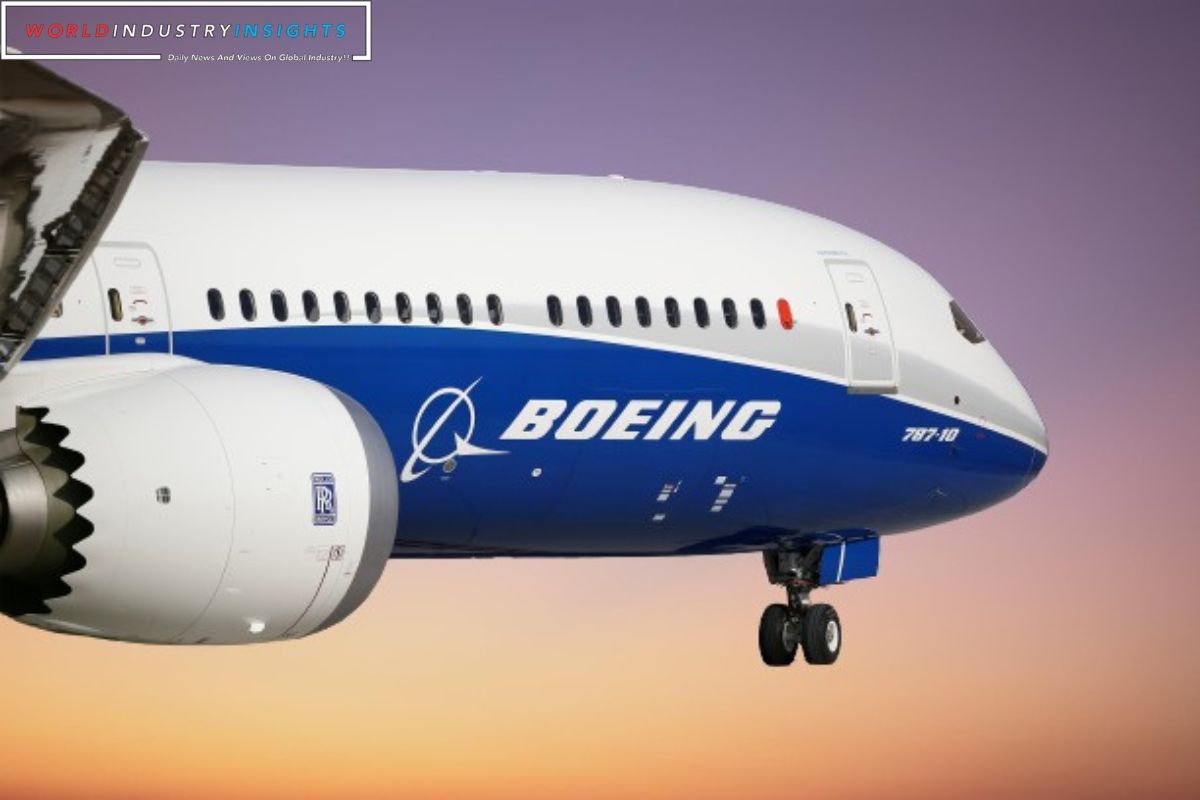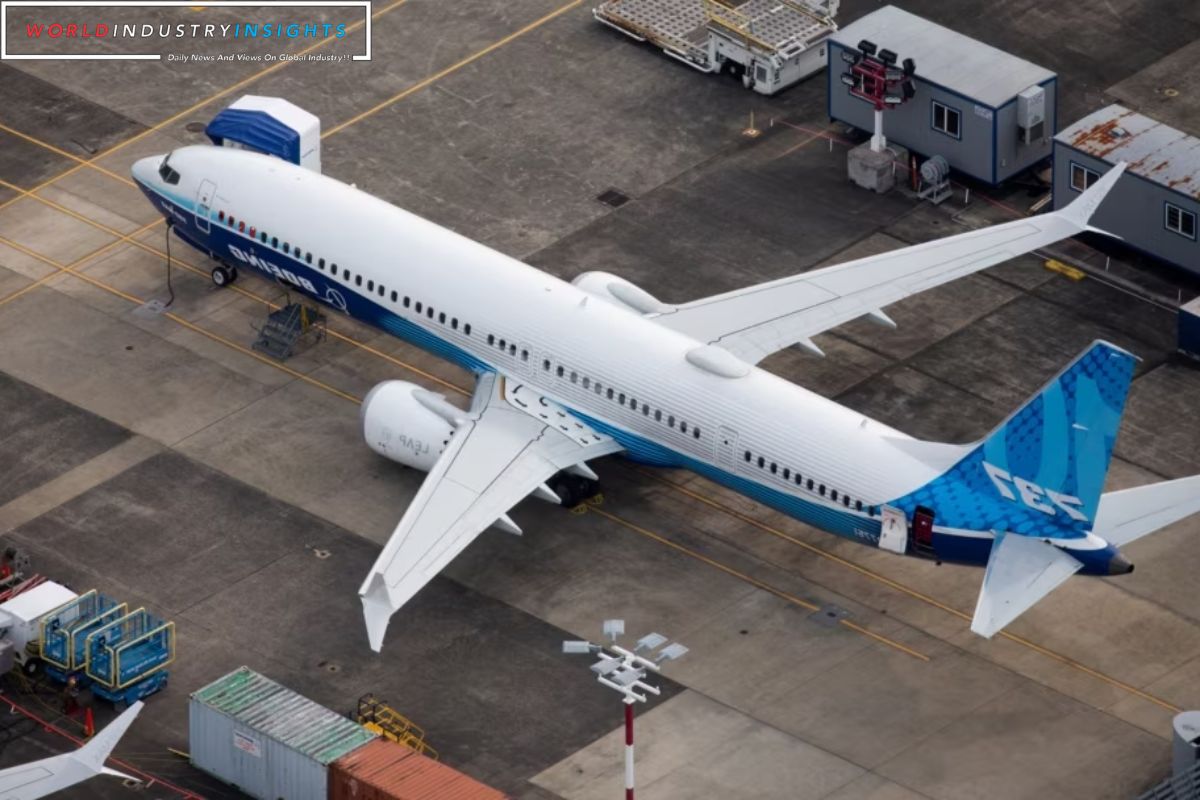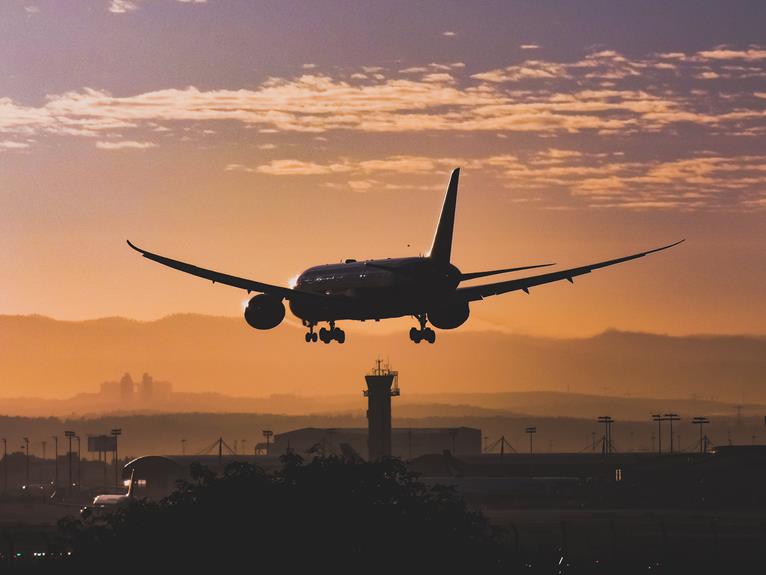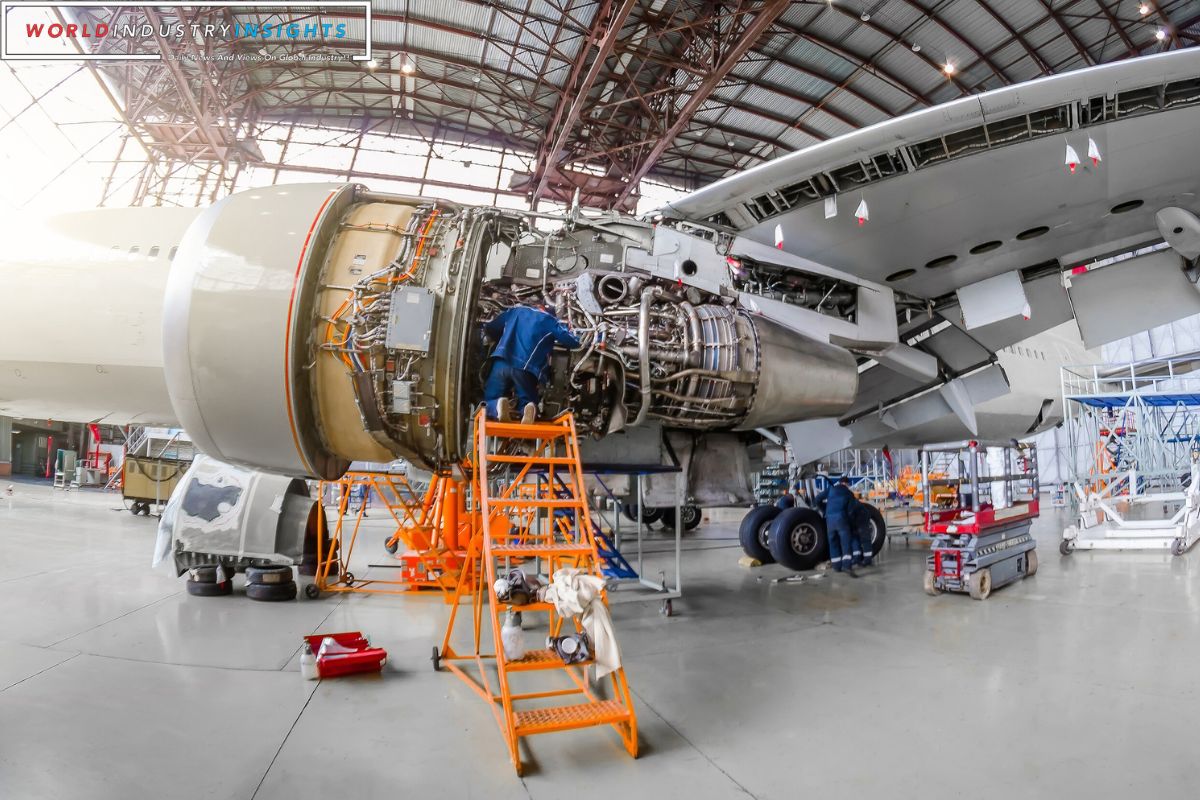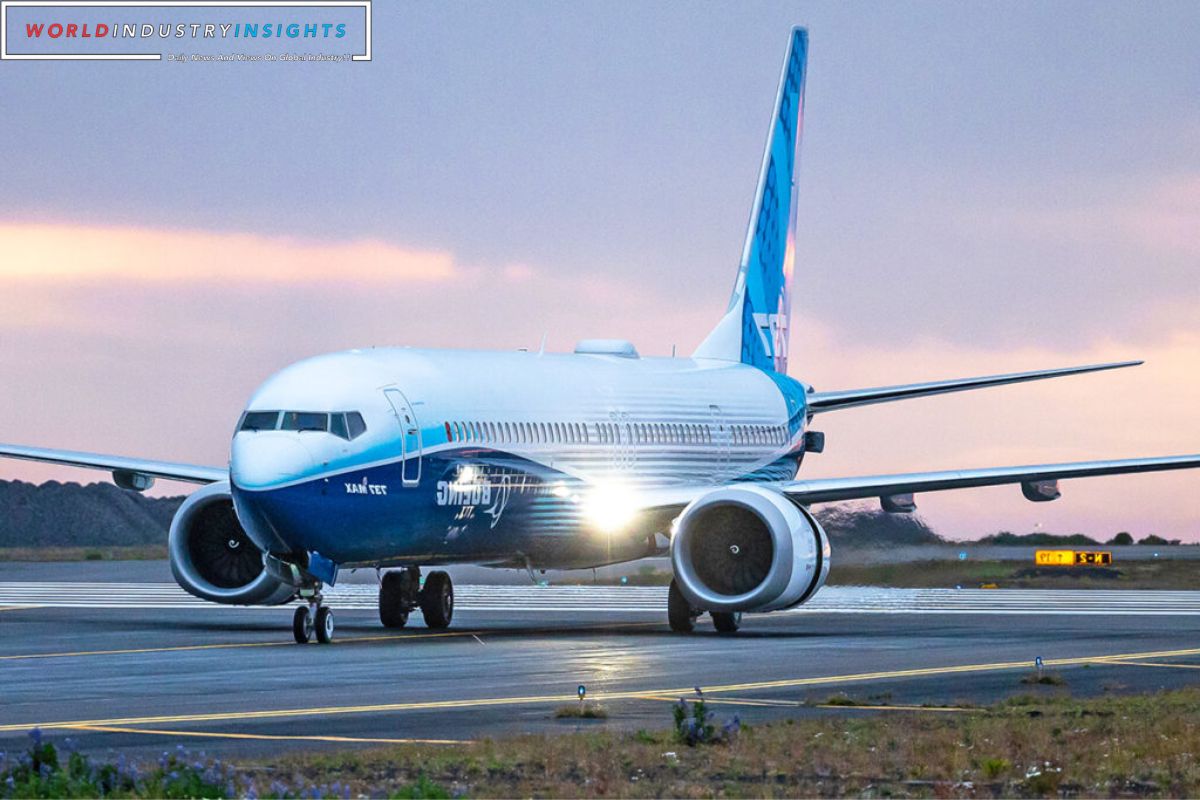Boeing Delivers First Aircraft: In a significant move towards rebuilding ties and reestablishing its market presence in China, Boeing has delivered its first aircraft to the country in four years. This landmark delivery marks a crucial milestone in the aviation industry, as Boeing seeks to regain its foothold in one of the world’s fastest-growing markets.
With China’s relentless push for market presence of its home-grown aircraft and fierce competition with Airbus, Boeing’s return to the Chinese market holds immense strategic importance. As China continues to expand its commercial fleet, the delivery of Boeing’s Dreamliner to China could potentially open up new opportunities and breakthroughs in terms of future orders.
This development signals a new chapter in the relationship between Boeing and China, with both parties aiming to strengthen their presence and collaboration in the years to come.
Key Takeaways
- China’s aviation market presents immense growth opportunities for Boeing, with a forecast of requiring 8,560 new commercial planes until 2042.
- China’s push for market presence of home-grown aircraft poses a challenge to Boeing’s dominance in the region.
- The delivery of the first aircraft to China in four years signifies the improvement in diplomatic ties between Washington and Beijing, opening up potential for increased orders and business opportunities for Boeing.
- The successful operation and international expansion of China’s home-grown ARJ21 aircraft highlights China’s efforts to strengthen its presence in the global aviation market.
Also Read: FAA Takes Bold Steps: Mandates Safety Overhaul for Boeing 737NG Fleet
Chinas Push for Market Presence of Home-Grown Aircraft
China’s push for the market presence of home-grown aircraft involves enhancing domestic airworthiness certification capabilities and increasing policy support for the development and utilization of domestically produced airliners.
This move signifies China’s determination to establish itself as a major player in the global aviation industry. By focusing on improving airworthiness certification capabilities, China aims to demonstrate the reliability and safety of its domestically produced aircraft, thereby gaining the trust and confidence of potential buyers and users.
Additionally, increasing policy support for the development and utilization of domestically produced airliners shows China’s commitment to nurturing its own aviation industry and reducing its reliance on foreign manufacturers.
This strategic approach will not only boost China’s economy but also enhance its technological capabilities and global influence in the aviation sector.
Chinas Home-Grown Passenger Jets and Competition with Airbus and Boeing
Enhancing domestic airworthiness certification capabilities and increasing policy support for the development and utilization of domestically produced airliners, China is actively competing with Airbus and Boeing in the market for home-grown passenger jets.
China’s efforts to establish itself as a major player in the aviation industry are evident in the development of the C919, its first home-grown narrowbody passenger jet. Although the lack of international airworthiness certification has hindered its entry into the global market, the C919 marks a significant milestone for China’s aviation technology self-reliance.
Furthermore, China’s ongoing development of the C929, a long-range widebody airliner, demonstrates its commitment to challenge the dominance of Airbus and Boeing. While it remains a challenging feat, China’s increasing push for aviation technology self-sufficiency poses a potential threat to the market share of these global aviation giants.
Boeing’s Presence in China and Importance of China as a Growth Market
Boeing’s establishment and expansion in the Chinese market highlights the significance of China as a pivotal growth market for the company. As the world’s largest aviation market, China presents immense opportunities for Boeing to expand its market presence and increase its aircraft deliveries. In fact, Boeing’s forecast in September projected that China would require a staggering 8,560 new commercial planes until 2042.
This demand underscores the importance of China as a key growth market for Boeing. To further emphasize this point, let’s take a look at the table below, which highlights the number of new commercial planes that China will need in the coming years compared to other major markets:
| Market | Number of New Commercial Planes Needed (Until 2042) |
|---|---|
| China | 8,560 |
| United States | 7,480 |
| Europe | 7,320 |
| India | 2,380 |
As shown in the table, China’s demand for new planes surpasses that of other major markets, solidifying its significance as a growth market for Boeing.
Chinas ARJ21 Aircraft and Predictions for China’s Commercial Fleet
The ARJ21 aircraft has been steadily gaining traction in China’s commercial aviation market, with an increasing number of flights being operated domestically and internationally. This homegrown aircraft by the Commercial Aircraft Corporation of China (COMAC) has proven to be a viable option for airlines, showcasing its reliability and performance.
Here are three key points to consider:
- Growing domestic presence: Since its domestic debut in 2016, the ARJ21 has been flying passengers within China. Its popularity has soared, with the aircraft successfully carrying 10 million passengers by the end of November. This demonstrates the trust and confidence airlines and travelers have in this Chinese-made aircraft.
- International expansion: In 2022, COMAC delivered the ARJ21 to Indonesia, marking its entry into the international market. This expansion is a significant milestone for China’s aviation industry, showcasing its capability to compete globally.
- Future predictions: Boeing forecasts an impressive growth trajectory for China’s commercial fleet. Over the next 20 years, the country’s fleet is expected to more than double, reaching nearly 9,600 jets. With China’s commercial fleet accounting for one-fifth of the world’s plane deliveries, the ARJ21 is poised to play a vital role in meeting this demand and further strengthening China’s presence in the global aviation market.
The ARJ21’s success in China’s commercial aviation market, both domestically and internationally, bodes well for the country’s aviation industry. As China continues to invest in its aerospace sector, the ARJ21 is set to contribute significantly to the growth and development of the country’s commercial fleet.
Dreamliner Delivery to China and Potential Breakthrough in Orders
One Dreamliner aircraft has been delivered to China, signaling a potential breakthrough in orders and market expansion for Boeing.
This delivery is a significant milestone for both Boeing and China, as it marks the resumption of Dreamliner deliveries after a four-year hiatus. The halt in deliveries was primarily due to the grounding of the 737 MAX, which had strained Boeing’s relationship with China.
However, with the recent improvement in diplomatic ties between Washington and Beijing, there is renewed hope for increased orders and business opportunities for Boeing in the Chinese market.
This delivery showcases the potential for a larger breakthrough in the aviation industry, as it not only signifies the rebuilding of ties but also highlights the demand and growth prospects for Boeing’s Dreamliner aircraft in China.
Conclusion Of Boeing Delivers First Aircraft
In conclusion, the recent delivery of Boeing’s aircraft to China marks a significant step towards rebuilding ties and market presence in the country.
With China’s push for market presence of home-grown aircraft, competition with Airbus and Boeing is intensifying.
Boeing’s longstanding presence in China underscores the importance of the country as a growth market.
The delivery of the Dreamliner to China also holds the potential for a breakthrough in orders, further solidifying Boeing’s position in the Chinese commercial fleet.
Our Reader’s Queries
What was Boeing’s first aircraft?
The B & W Seaplane, also known as the Boeing Model 1, was a single-engine biplane seaplane aircraft that originated from the United States. This aircraft was the first product of Boeing and was named after its designers, William Boeing and Lt. Conrad Westervelt USN.
Why is 787 called Dreamliner?
Boeing took a unique approach with the naming of their 787, also known as the 7E7. In 2003, they held a competition for the public to vote on their preferred name. To avoid any potential embarrassment, Boeing presented a pre-selected list of four names. The winning name, Dreamliner, was ultimately chosen by the public.
Why is the Boeing 787 so special?
The 787 is a fresh and innovative design that breaks free from traditional limitations. It boasts numerous groundbreaking features in the commercial aviation industry. The 787 maximizes the potential of cutting-edge technologies, utilizing carefully selected materials, aerodynamics, systems, and engines that are all integrated into the overall design.
Did Boeing invent seaplane?
Boeing’s roots can be traced back to 1916, when William E. Boeing, a timber merchant from America, established Aero Products Company. This was after he and U.S. Navy officer Conrad Westervelt collaborated to create the B&W, a two-seat seaplane with a single engine.

